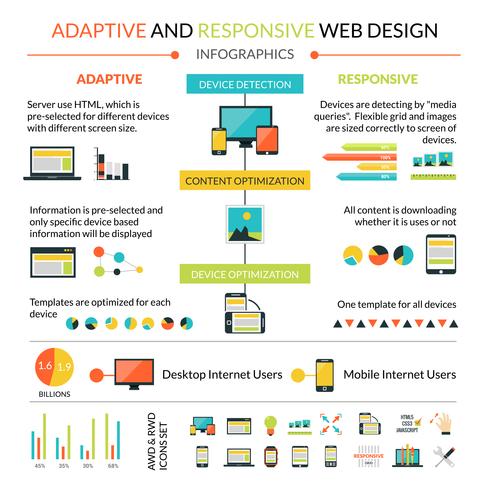Interested In Learning Exactly How Web Site Design Has Advanced For Many Years? Check Out The Journey From Standard, Uncomplicated Designs To User-Centric Interfaces That Prioritize The Visitor'S Experience
Interested In Learning Exactly How Web Site Design Has Advanced For Many Years? Check Out The Journey From Standard, Uncomplicated Designs To User-Centric Interfaces That Prioritize The Visitor'S Experience
Blog Article
Write-Up Writer-Collier Vinson
In the past, websites were simple and focused on info. Navigation was straight, and design was for desktops. Currently, customer experience is crucial. Data guides styles for easy navigating. Receptive formats suit different tools. Today, dark setting minimizes strain, and minimal food selections improve navigating. Interactive functions engage customers, and strong visuals attract attention. AI integration improves interaction. See just how style has progressed to boost your online trip.
Very Early Days of Web Design
In the very early days of website design, simpleness preponderated. Internet sites were basic, with limited shades, font styles, and layouts. The emphasis got on supplying information rather than showy visuals. Individuals accessed the web via slow-moving dial-up connections, so speed and capability were essential.
Navigating menus were straightforward, typically situated at the top or side of the page. Websites were designed for desktop, as mobile surfing had not been yet common. Content was king, and developers focused on very easy readability over complicated style aspects.
HTML was the main coding language utilized, and developers had to work within its restrictions. Animations and interactive attributes were very little compared to today's standards. Web sites were static, with little dynamic web content or individualized customer experiences.
Rise of User-Focused Layout
With the development of site style, a change in the direction of user-focused layout concepts has come to be progressively noticeable. Today, creating web sites that prioritize customer experience is vital for engaging visitors and achieving company objectives. User-focused layout includes comprehending the needs, choices, and actions of your target audience to tailor the site's layout, content, and includes appropriately.
Designers now perform thorough study, such as individual surveys and usability screening, to gather insights and feedback directly from users. great website design -driven strategy assists in creating user-friendly navigating, clear calls-to-action, and aesthetically appealing interfaces that resonate with site visitors. By positioning the user at the center of the style procedure, sites can provide a much more tailored and delightful experience.
Receptive style has actually additionally emerged as a vital aspect of user-focused design, ensuring that websites are maximized for numerous gadgets and display sizes. This adaptability enhances accessibility and functionality, accommodating the varied methods users connect with sites today. Fundamentally, the surge of user-focused layout symbolizes a shift towards creating electronic experiences that prioritize the demands and expectations of the end customer.
Modern Trends in Website Design
Explore the most up to date patterns forming web design today. One noticeable fad is dark mode style, supplying a streamlined and contemporary appearance while lowering eye stress in low-light environments. Another essential fad is minimal navigation, streamlining food selections and boosting user experience by focusing on essential elements. Including micro-interactions, such as computer animated switches or scrolling impacts, can create an extra interesting and interactive internet site. Responsive layout stays important, making certain smooth user experiences across various tools. Additionally, making use of strong typography and asymmetrical layouts can include visual interest and accentuate details material.
Incorporating AI technology, like chatbots for consumer support or personalized referrals, improves customer involvement and enhances procedures. Ease of access has additionally become a considerable pattern, with designers prioritizing inclusive style techniques to cater to varied customer requirements. Embracing sustainability by maximizing internet site efficiency for speed and efficiency is an additional arising pattern in website design. Working together with https://www.junglescout.com/blog/amazon-a9-algorithm/ and information analytics to iterate and improve design constantly is crucial for remaining appropriate in the ever-evolving electronic landscape. By welcoming these modern-day patterns, you can produce a visually attractive, user-friendly site that reverberates with your target market.
Conclusion
As you reflect on the advancement of site layout from the early days to currently, you can see just how user-focused design has actually come to be the driving pressure behind contemporary trends.
Embrace the trip of adjustment and adaptation in web design, always maintaining the user experience at the forefront.
Keep present with the current trends and innovations, and never stop evolving your technique to create aesthetically magnificent and straightforward sites.
Advance, adapt, and create - the future of web design is in your hands.
